What is a Full Tang Katana? – Basics and Benefits Explained
NO AI USED This Article has been written and edited by our team with no help of the AI
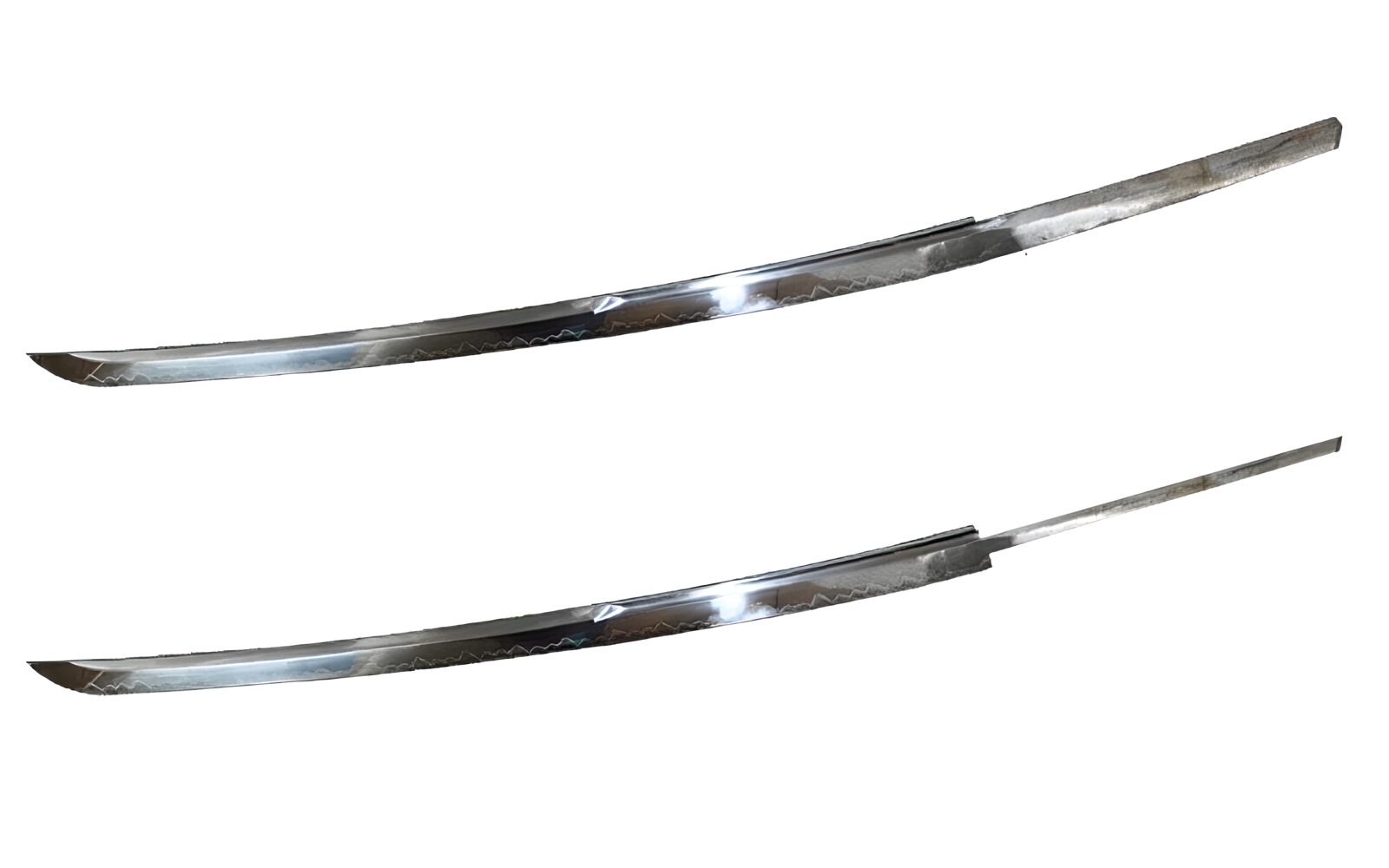
The full tang katana is a sword used for various activities. The full tang prolongs the sword’s longevity by giving it stability and strength. It also gives the sword balance, security, and proper center of percussion, whether or not it has an unsharpened blade.
This article will explain the term “full-tang” in a broader sword sense, how it affects the blade, and how it applies to a Japanese katana samurai sword. We will consider the unique details of the katana tang and its benefits.
What does “Full-Tang” Mean?
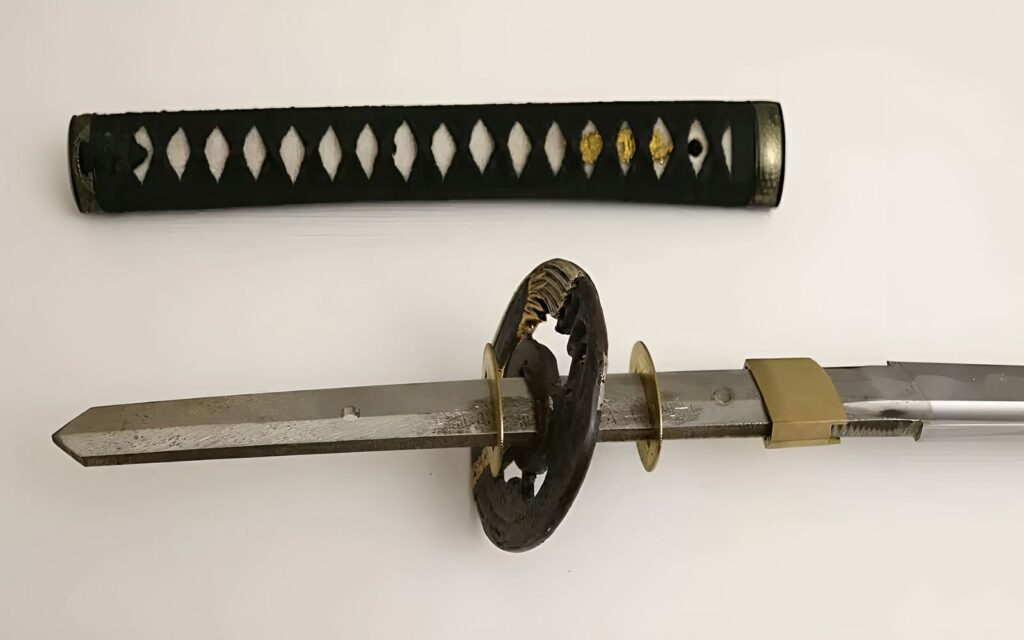
A full tang blade refers to the hidden blade extension underneath the handle with a cutting edge. It is a single integral structure formed during the sword’s construction phase. The full-tang blade section is crucial for the stability and security of the sword, making it one of the most important pieces of a functional blade.
There are different styles of full-tang blades for swords worldwide, most notably European swords with their tangs held by the pommel. Japanese sword smiths had different styles for securing and fastening the tang to its blade. The katana typically has one or two holes in the tang’s central line filled with wood or traditional bamboo hardened pegs.
These small holes make the samurai katana sword very easily disassembled, and the sword can be easily maintained. Construction like this ensures that the blade and its handle are securely connected and, if loose, can be easily modified and fixed.
Nakago – The Tang of Japanese Swords
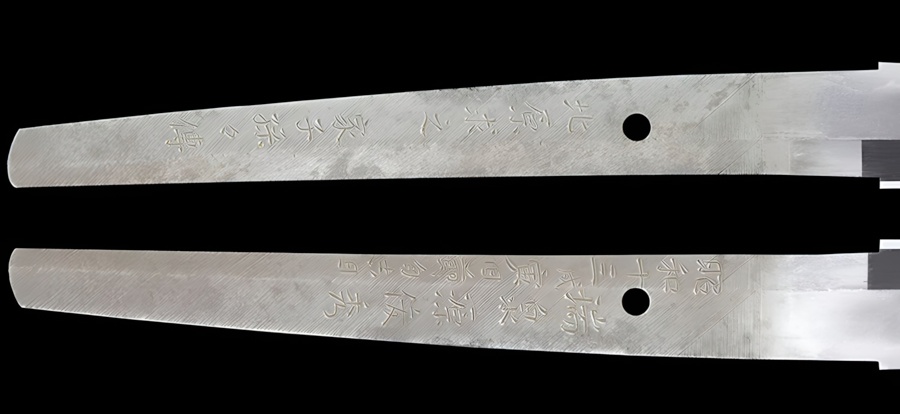
Nakago is the name of the tang for Japanese swords. Formed during the sword’s forging process, the nakago often has a gently tapering shape with a slight curve.
Located at the bottom of the katana handle, the nakago features one or two mekugi-ana (holes). A wooden core is placed over it, tightly wrapped in samegawa (ray skin), and then covered with tsuka-ito (cord wrap) in diamond patterns. The blade collars, tsuba (handguard), and mekugi (pegs) are mounted to secure the structure.
The tang adds security and stability to the katana and bears the blacksmith’s mei (inscription), indicating authenticity or performance in tameshigiri (cutting tests).
Lastly, the nakago displays yasurime, visible lines, and patterns that aid in fitting the wooden grip and improving the sword’s aesthetic appeal.
Benefits of a Full Tang Katana
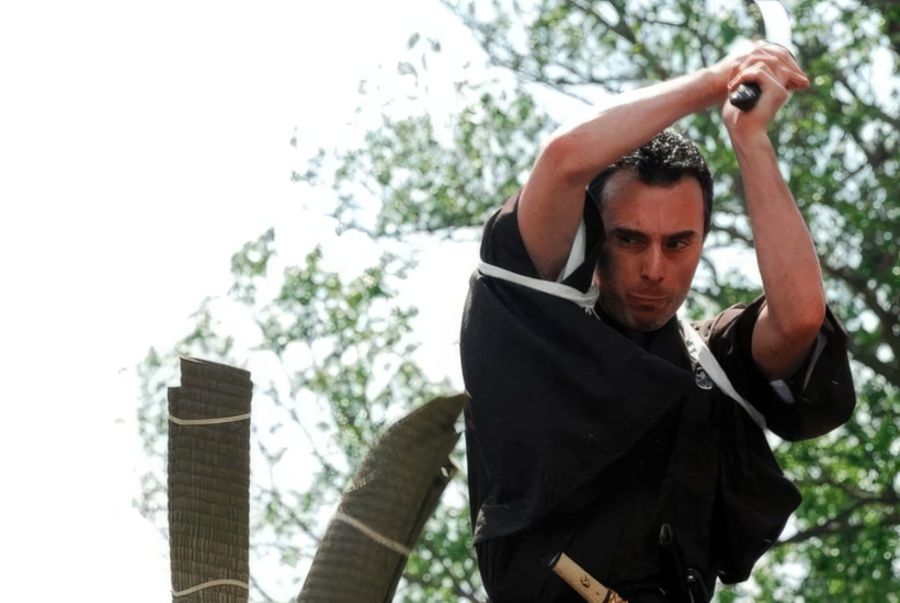
A full tang katana is sometimes referred to as a real katana sword, regardless of whether or not it is sharpened. This refers to the sword’s ability to be practical and functional when being swung around or carried from the user’s waist. The following are some benefits a full tang katana has to offer.
- Functionality – the full tang allows the blade to be practical in cutting or swinging
- Enhanced Durability – gives the blade the needed strength, security, and elasticity to endure stress.
- Balance and Handling – the balance of weight spreads throughout, allowing for smoother handling.
- Safety and Training – the katana can be used for training kamae (katana stances) without the worry of injury.
- Authentic Appeal – a proper katana will have a full tang blade, bringing it closer to authenticity.
- Structural Integrity and Maintenance– the handle can only be properly assembled or disassembled for thorough cleaning with a full tang.
When using the katana as a decorative piece, obtaining one with a full tang is still advisable to minimize breaking.
How to Tell if a Katana is Full Tang?
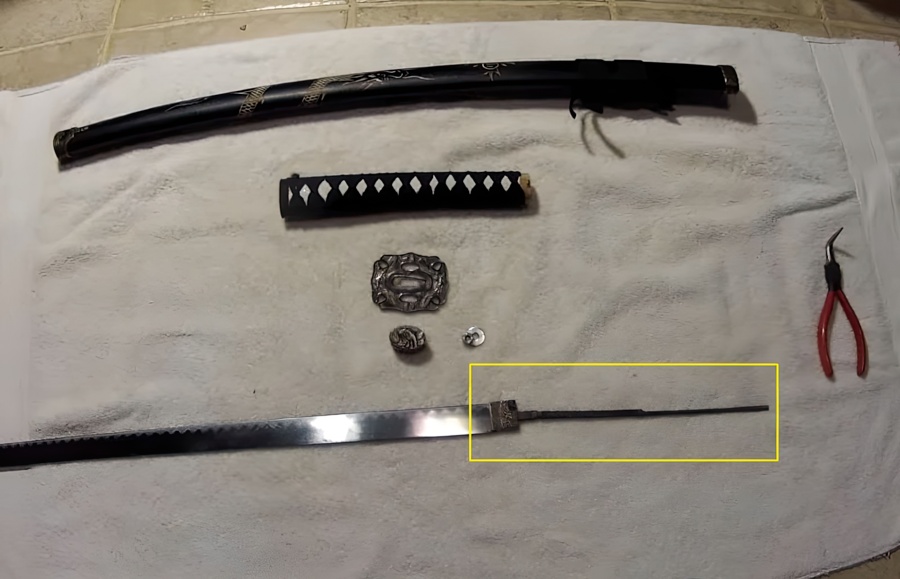
The tang of a katana isn’t visible because it is underneath the handle and its koshirae (fittings and mountings). A katana without a tang makes it more vulnerable to breakage, so it is crucial to learn whether or not the weapon has a full tang. Some full-tang katana blades will have a damaged or badly crafted tang, bringing no benefit to the user.
Here are some important methods to consider.
- Trusting the information provided by the supplier, if available
- Searching for the mekugi pegs on the handle
- Ensuring Mekugi pegs can be removed
- The center of balance is near the hilt
- Complete disassembly of the sword and visual inspection
- Reading reviews as well as asking for physical evidence

